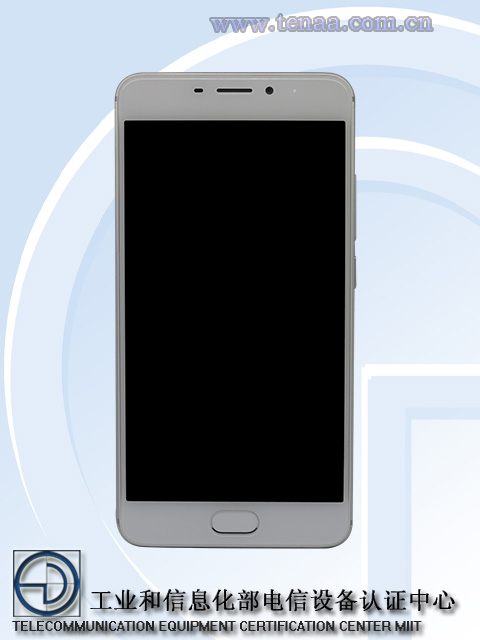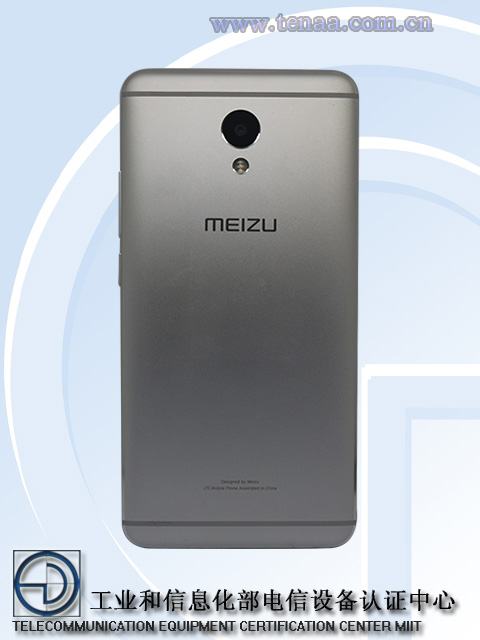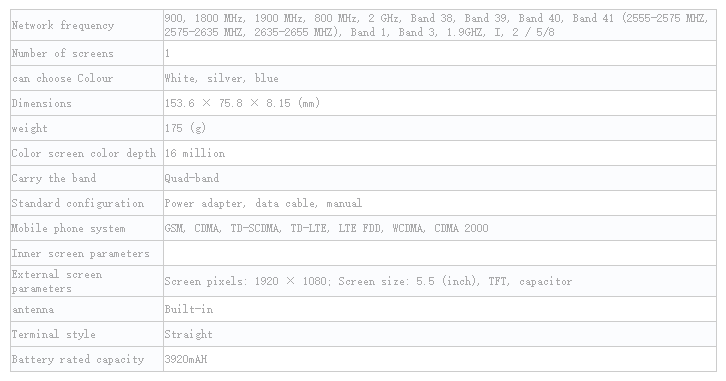Every time I return to India to visit colleagues and family, I'm amazed to see how quickly smartphone adoption has overtaken the country. On my visit to Bangalore last month, seemingly every person I passed on the street was focused on their smartphone — not just tech workers in India's growing middle class, but street vendors and food hawkers, who looked more eager to accept payment from India's version of Square than cold hard rupees. It's one thing to know intellectually that India has replaced the U.S. as the world's second largest smartphone market and that smartphone penetration is forecast to reach one in three of the 1.3 billion population this year, and another to see this burgeoning ecosystem first hand.
Every time I return home to Cupertino, however, I'm just as amazed by how little Silicon Valley investors are focused on the Indian market. While most Sand Hill VCs frequently reference China's WeChat or Tao Bao, they rarely mention PayTM or FlipKart (the PayPal and Amazon of India, respectively), which have nearly as many users. I suspect this is partly due to India's startup industry being relatively small. In all candor, it's also possible that some California investors have an unconscious blind spot to India, having pigeonholed the entire country by its outsourcing industry.
This is a massive missed opportunity, especially with the arrival of mobile data plans in India with speeds rivaling even the best American carriers. To be sure, India's smartphone market is significantly different from that of the U.S. or China and is heavily shaped by local policy and market history. Here's a quick cheat sheet to start understanding the ecosystem.
1. Thanks to government intervention, digital payments are being widely adopted in India
The growth of India's smartphone market is partly due to the "Digital India" movement instituted by Prime Minister Narendra Modi, who devalued high currency notes late last year. This has posed a huge problem for India's middle class, who typically use 500 and 1,000 rupee notes on a regular basis, but his goal was to curb money on the black market while also pushing Indians to use digital payments. PayTM, roughly the PayPal/Apple Pay of India, was not strongly succeeding until this policy shift. Now, even street vendors are rapidly adopting mobile payments. But digital payments require smartphones with data plans — which brings me to my next point:
2. Indians tend to be very price-conscious about mobile data consumption
Up until very recently, mobile data usage on Indian smartphones operated on a "pay as you go" model, with carriers typically selling data as premium add-ons to their voice package. Consumers were hesitant to use their data unless absolutely necessary. People would use mobile data to check email and make quick digital payments, but not for entertainment. (Until, that is, they could access Wi-Fi from home or elsewhere.)
All of this has greatly influenced adoption patterns for mobile apps. WhatsApp is much more popular in India than Facebook, in great part because WhatsApp data usage is more economical. Indians have also come to perceive online entertainment apps as something to do at home and/or connected to Wi-Fi but not while traveling or outdoors. It's not that they don't want to consume and share YouTube videos and other entertainment while on the road, just that the cost of doing so has been so prohibitive. For this reason, Snapchat, with its "share whatever you do, wherever you are" model, will probably not succeed in India in the short term; same goes for Periscope and other live streaming services.
I wrote "short term" because something just changed in India:
3. Extremely fast broadband use is now catching on quickly
Due to the cost concerns I mentioned, Indians have largely used data plans only for "useful" apps like payment services or ordering rides from Uber or the local incumbent, Ola Cabs. In fact, many would simply turn off their cellular data most of the time, enabling it only when absolutely needed.
Then late last year, Reliance, one of India's largest mobile carriers, took a different approach, launching its "Jio Mobile" service, offering free voice calls from anywhere to anywhere within the country — but also requiring that customers buy a data plan. This has created a huge adoption wave in India, with many migrating from AirTel (the local leader) to Reliance, the first carrier to start competing purely on data package. In response, AirTel and other carriers now offer competing plans.
It's important to emphasize how great these data plans can be. On my visit last month, I tested the data speed from Reliance Jio and was blown away to see it was 25 Mbps (on LTE) during non-peak time, and still around 5 Mbps during peak time. This is not only faster than in-home Wi-Fi speeds typical for India four years ago, it's faster than my current AT&T plan in the U.S!
You can probably see where I'm going with this:
4. This is the time for Western broadband-dependent apps to enter India
Competition is causing rapid adoption of mobile data usage across India, which will keep driving prices down and broadband speeds up, quickly changing the Indian consumer's attitude from "use data only when necessary" to "Kuchh masti waala dikhao!" ("Show me entertaining stuff"). Indian consumers will soon be hungry for app-based content that Western developers can easily provide — especially to the 125 million+ Indians who are already English-fluent. Apps like Netflix, Spotify, and Saavn (the Pandora of India) are likely to see much more usage on mobile. It's still common for Indians to use DVD and thumb drives to watch videos while traveling, or play downloaded mobile games, but all that will soon change. We should also expect to see livestreaming services from journalists, reporters, and celebrities, all hugely popular on cable TV in India.
"That's interesting," I already can imagine my Valley colleagues saying, "but how do we monetize it?" Which brings us to my final point:
5. App monetization in India: Less about IAP, more about carrier partnerships
Since popular digital payment services are local, their usage probably won't carry over soon to non-Indian, transaction-based apps such as Amazon or eBay. Similarly, in-app payments are still not very common in India, especially for companies or brands that consumers aren't readily familiar with. Instead, it's better not to directly charge consumers.
For apps, the best strategy in India is to work with a mobile carrier and monetize through carrier billing. For instance, partner with a carrier to offer an app as part of a bundled, premium data package, and earn based on a revenue share. As I noted, data plan competition has become incredibly hot in India, so carriers are eager to add well-known apps to their plans.
It's possible I'm being too bullish about this market. But if India smartphone trends follow the U.S. and China, I doubt it. When I visit Bangalore next year, I fully expect to read about U.S.-India content partnerships coming to the country's biggest mobile carriers. And when I'm back in California, I expect to hear from VCs angrily kicking themselves for not getting into India sooner.
Balaji Krishnan is founder and CEO of DabKick, a live media sharing service, and Snapstick, a mobile-to-TV streaming technology acquired by Rovi.
Source:
5 things Silicon Valley needs to know about India's massive smartphone market
 NEW DELHI: Online and offline markets will contribute nearly equal shares to Xiaomi's sales in China in a couple of years, a balance that the company may achieve in India overtime, founder and CEO Lei Jun told ET, adding that the short term goal in India would be to grab about 50% share of the burgeoning online market.
NEW DELHI: Online and offline markets will contribute nearly equal shares to Xiaomi's sales in China in a couple of years, a balance that the company may achieve in India overtime, founder and CEO Lei Jun told ET, adding that the short term goal in India would be to grab about 50% share of the burgeoning online market.





 Image Source | Youtube.com
Image Source | Youtube.com Image Source | Youtube.com
Image Source | Youtube.com